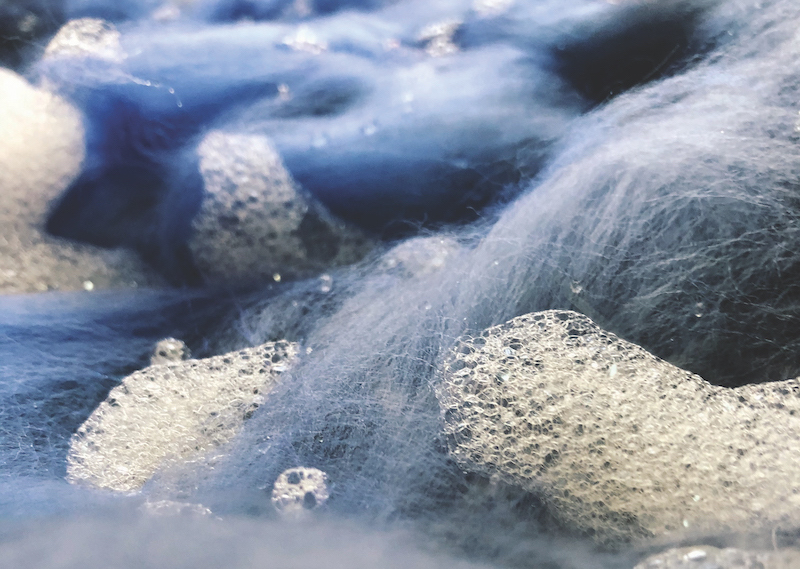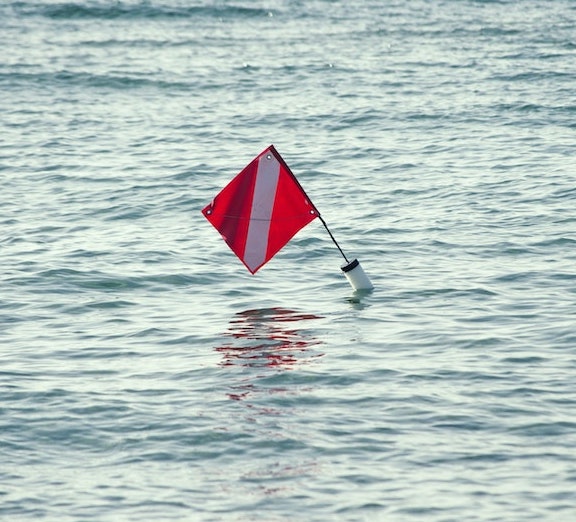AGENDA: A NEW PLAYGROUND FOR DIGITAL ART
What is an NFT? And more importantly, what does it mean for the art collector?
Words: Clara Che Wei Peh
Non-fungible tokens (NFTs) first began to invade mainstream art world consciousness in March 2021, when Beeple’s Everydays: The First 5000 Days was auctioned at Christie’s for a jaw-dropping $69 million USD. Many of us had not heard of NFTs prior to this, and even fewer of us understood how they worked, despite NFTs’ popularity within crypto communities with earlier collectible projects, including the release of Larva Labs’ CryptoPunks, 2017 and Dapper Labs’ CryptoKitties in 2018.
Since March, these cryptographic tokens have begun to appear in all corners across the art ecosystem. Auction houses have continued to offer sales of NFTs – including that of works from the estates of Andy Warhol and Nam June Paik. Contemporary galleries, such as König Galerie in Berlin, are integrating NFTs into their exhibitions and offerings. Even the Uffizi Gallery, Florence has got in on the action by listing NFTs of masterpieces in its collection to raise funds. And digital exhibitions staged in the metaverse, which commonly refers to blockchain-powered virtual reality platforms, may be the next big thing for curators.
NFTs can be seen as a new sales channel and value system, propelling a paradigm shift in how we have come to understand the buying and collecting of digital art. Digital artists have long struggled with claiming ownership over unique digital objects. To mitigate the infinite shareability of digital files, the sales of digital and new media works have been paired with physical storage, from CDs to hard drives. The unique editioned copy of the digital file, as well as its physical carrier, allowed artists to maintain digital scarcity over artworks, separating the artist and collector’s unique editions from theft and copies. NFTs introduce a new solution to this problem, as unique digital tokens that can establish and prove ownership and provenance of an asset through blockchain technology, creating programmable scarcity. Although any member of the public is able to access and view a file linked to an NFT, the collectors are the only ones who hold owner- ship of the token, which can act as the artist’s digital certificate of authenticity.
NFTs provide a digital-native platform to showcase and collect artworks which resonates strongly with artists who work closely with digital mediums or are interested in experimenting with digital tools. Stu Sontier, a New Zealand-based photographer, had been looking for alternative platforms to present his works when he first learnt of NFTs. An experimental photographer, Sontier says, “I work with and see [my works] mostly on a screen, as I am looking at the details, zooming in and considering the differences that appear across similar blocks.” Sontier rarely prints his photographs, and when he does, it is often a difficult process to arrive at an appropriate size or scale for which the images are to be printed at, such that the subtle details visible on a digital screen will not be lost when translated onto paper.
Similar to Sontier, Bernice Au, who goes by the pseudonym Nightjarr, is a sound artist who has been releasing her own audio works and tracks on Bandcamp and streaming plat- forms such as Spotify and iTunes. The NFT interface presents an opportunity for sound and visuals to be displayed together, while allowing independent artists like Au to be credited appropriately for their creations. With a background in video editing, Au extends her audio works into the visual realm in her NFTs, furthering her exploration in designing multisensorial art experiences.
In tandem to those who are drawn to NFTs as extensions of their ongoing digital-focused practices, some artists are also using this platform to consider their works from new angles they had not considered before. Rose Jackson, an Australian textile artist, creates NFTs of animations of her textile works. Created using needle felting and wet felting, Jackson’s textile pieces are intricate and highly tactile art objects. She breathes new life into these physical works by animating them into flowing landscapes, allowing them to take on a digital existence far different from their physical woven state. Jackson is also planning a single-edition work, whose collector will receive the physical felt artwork alongside the digital token. Increasingly, artists are considering how the digital experience of their NFTs can become integrated with a collector’s lifestyle, at times, delivering physical prints or digital frames alongside the purchase of an NFT.
Popular NFT artists, such as Beeple, draw from popular culture, memes, net art, video games and other visuals that dominate the online sphere, creating works that speak to the digital medium they inhabit. While many members of the art ecosystem have dived right into the world of NFTs, some continue to find it difficult to connect with the visual language and aesthetic qualities of artworks that proliferate the crypto art scene.
In response, some curators, art dealers and gallerists are stepping up to fill in the gaps between NFTs and the traditional art world. Sotiris Sotiriou, founder and director of Sydney-based gallery COMA, and Georgia Mills, developer, are partnering up to establish DropIt. DropIt is a digital commission-based marketplace that will focus on single edition artworks by artists who are active within the fine art context, to introduce a greater level of selection and curation into the NFTs that will be shown to its collectors. Sotiriou advises art collectors interested in NFTs to consider, “NFTs are simply another form of delivery. If a collector is comfortable purchasing a video work that is sold as a USB, then this is the same work, just with a new form of certification and playability.”
Currently, many NFT platforms, such as OpenSea, function on an open and decentralised ethos, true to the ideologies of blockchain. Such models, however, require greater effort and research on the part of the buyers, to discern quality works from the rest, and discover works true to their taste. Curated platforms like SuperRare have been popular among collectors who hope to focus on artists vetted by the platform, while ventures such as DropIt will serve to facilitate a more familiar experience for collectors from a tradition art background.
Whether you are an NFT enthusiast, or its harshest critic, it is difficult to deny that the advent of NFTs has led us to consider the digital experience of buying and collect- ing with new lenses. Given that the market in still in its infancy, uncertainties remain around NFTs’ efficacy in the long-term. However, those who are willing to take the time to get to know NFTs and this nascent ecosystem, may find themselves in a unique position of contributing towards the next chapters of art history.
What’s on your mind? Is there an artworld issue playing out now that you want to know more about? Send your thoughts to feedback@artcollector.net.au.
Featured image: Rose Jackson, Sea Foam (detail), 2021. Animated photograph. Courtesy: the artist.
This article was originally published in Art Collector issue 93, July to September 2021.



